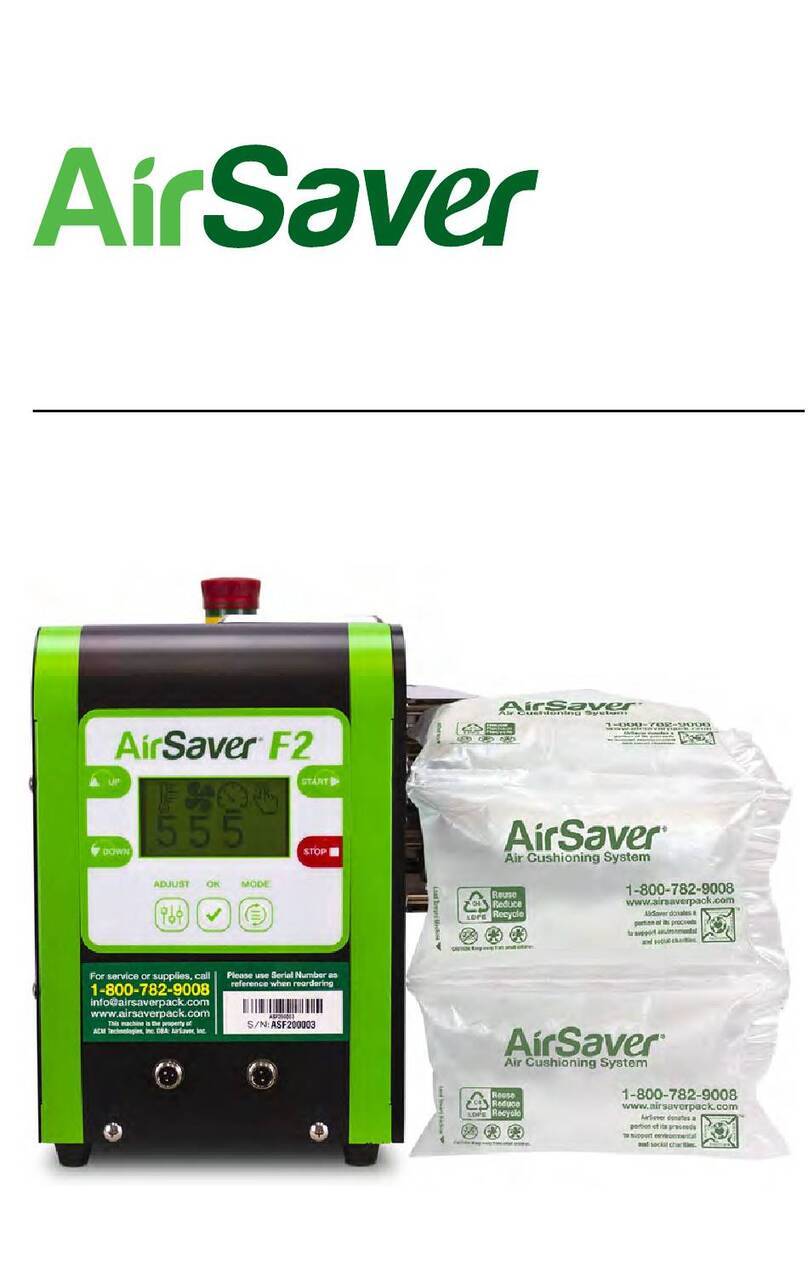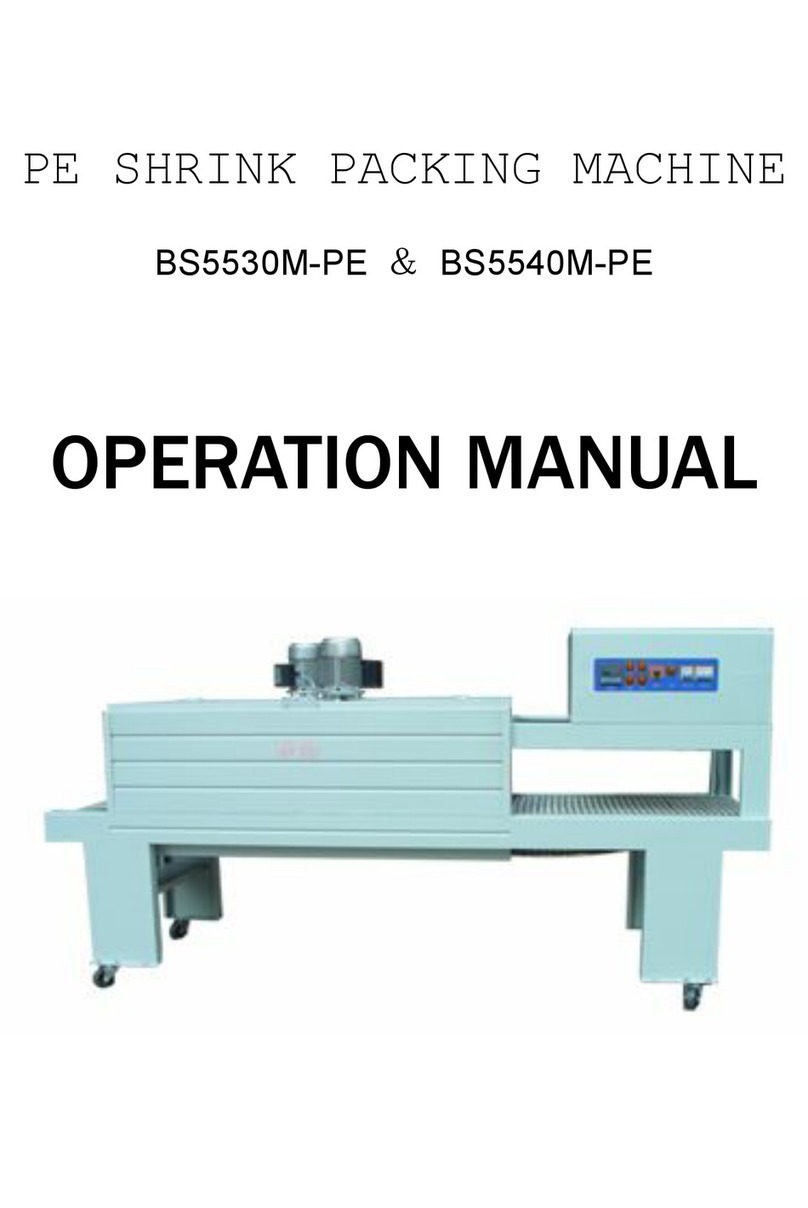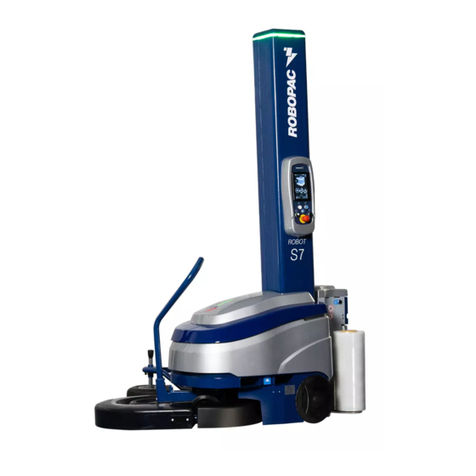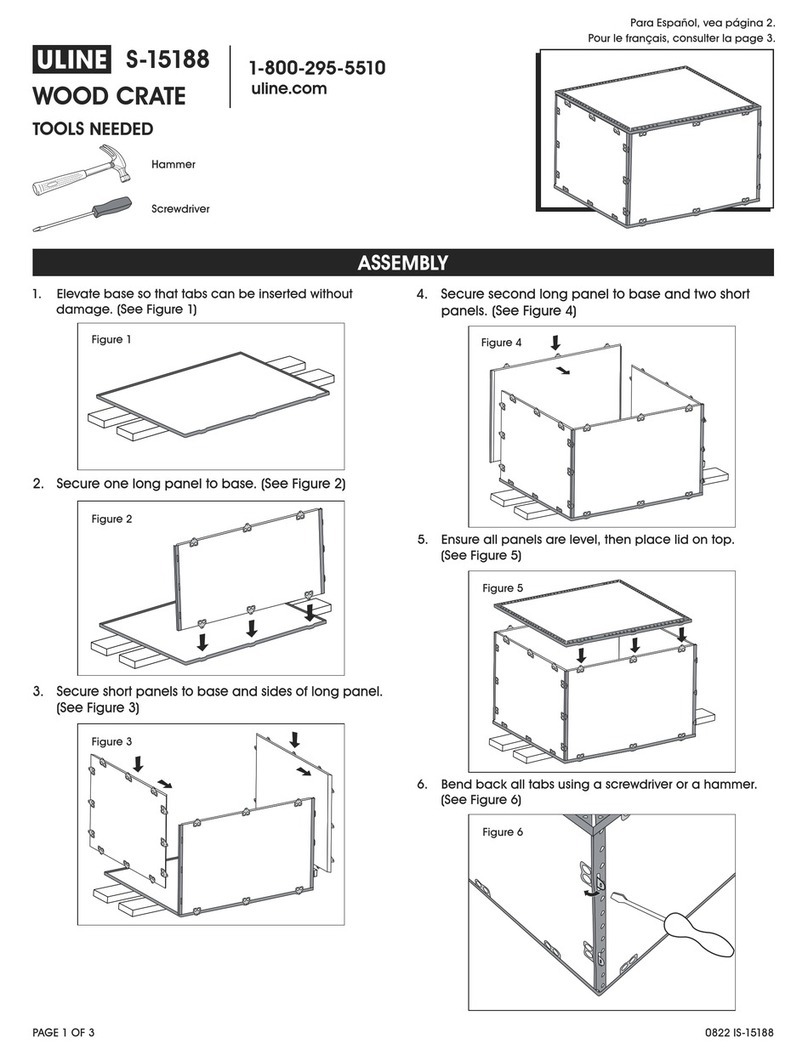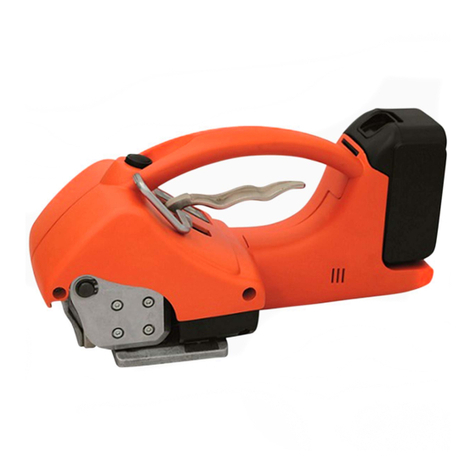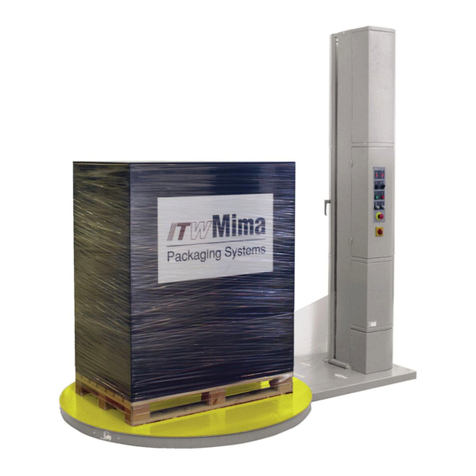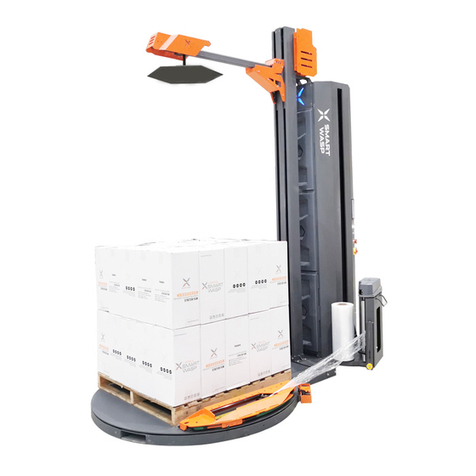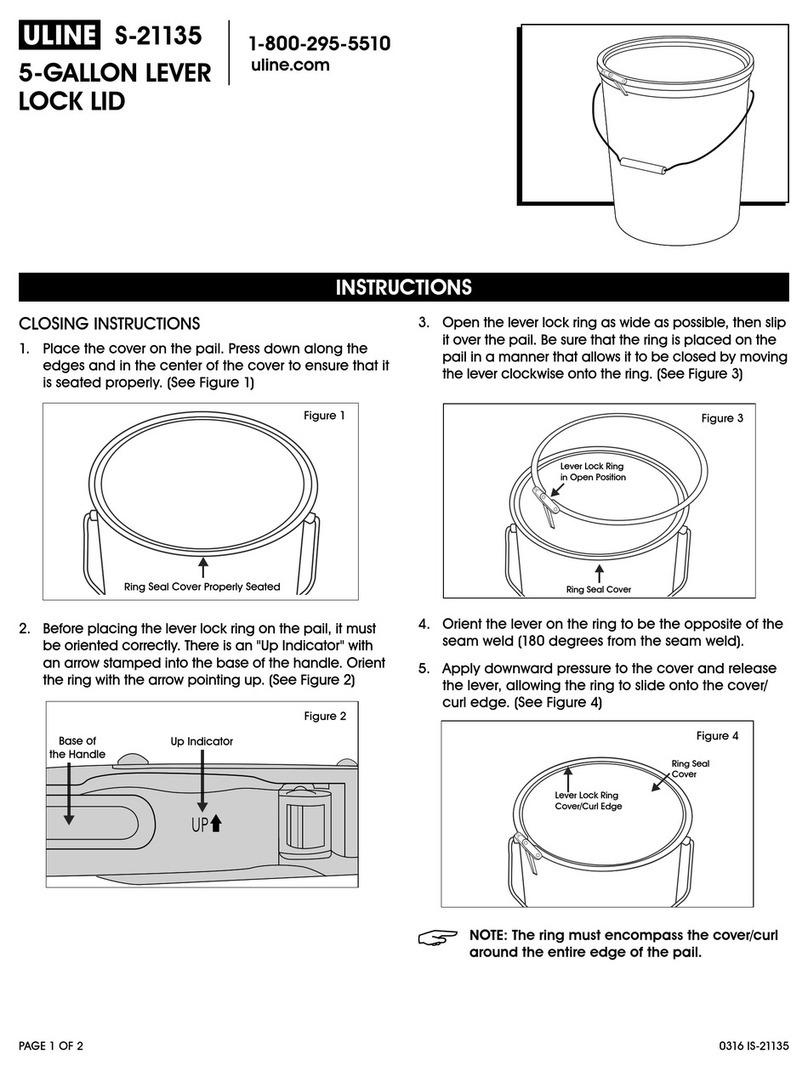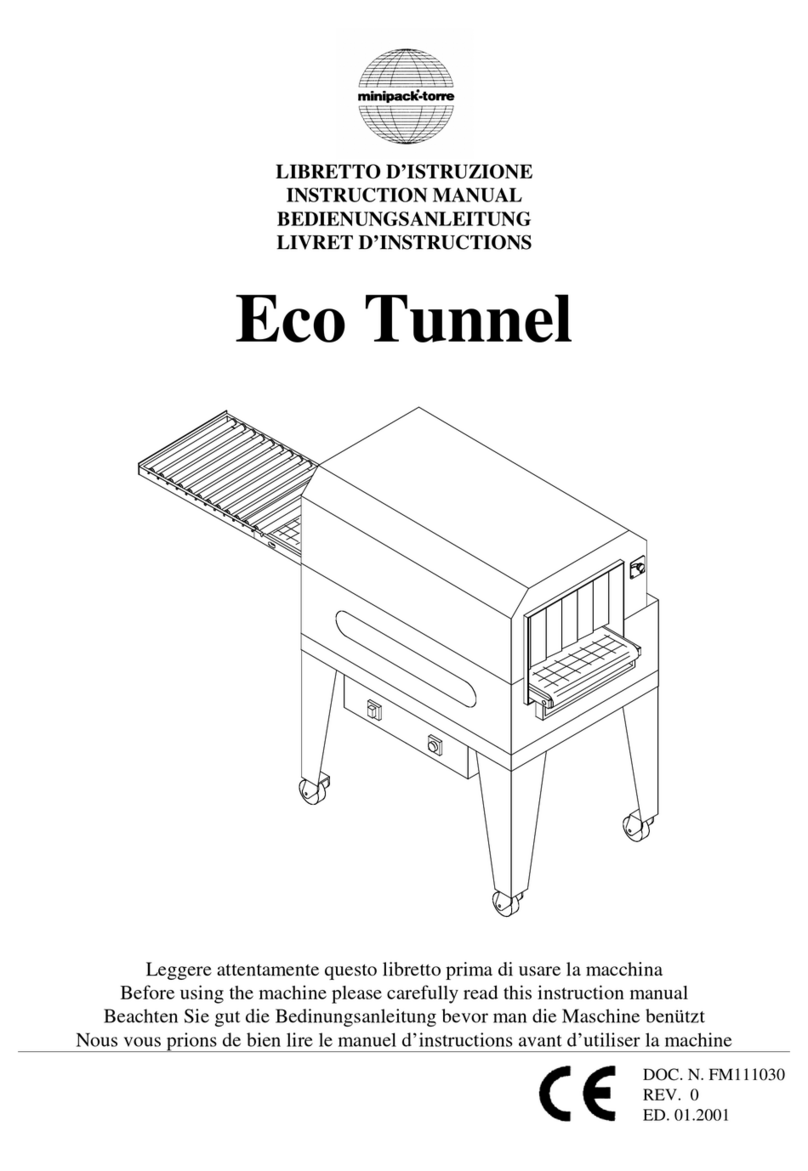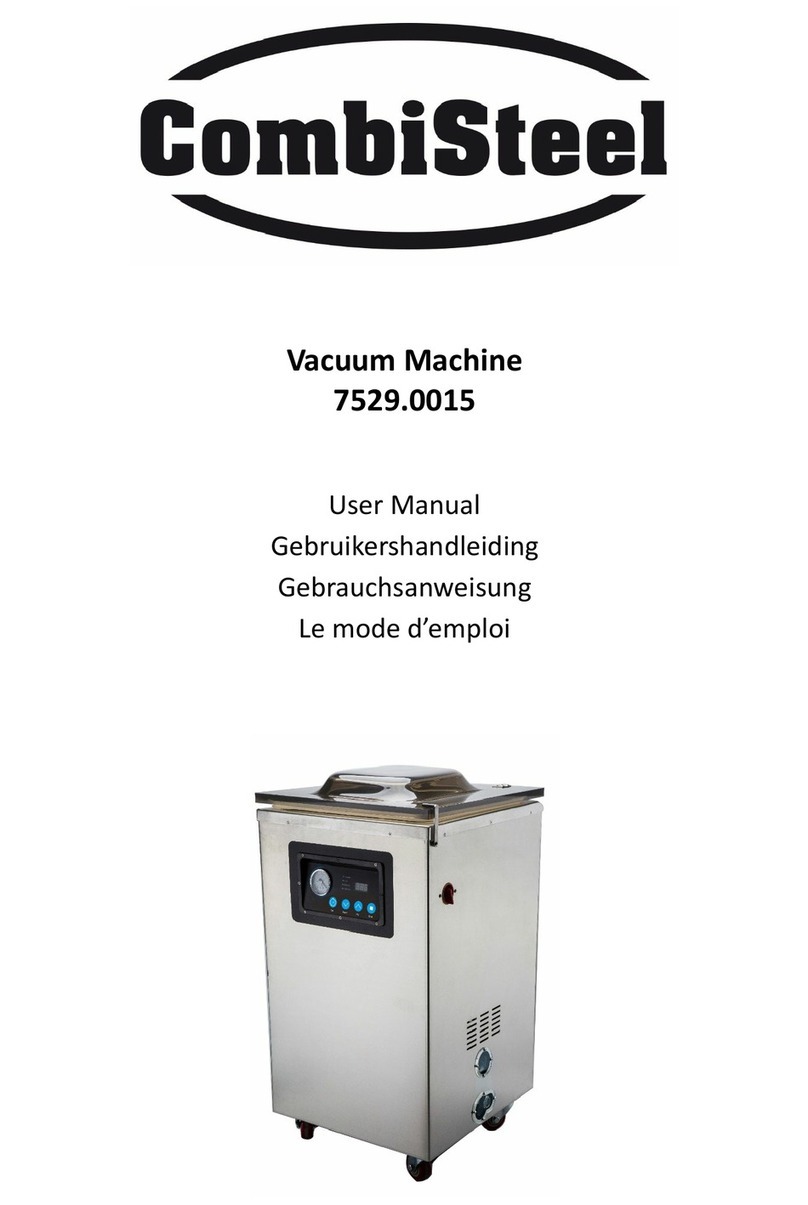
-A2-
f. Dress properly. Do not wear loose clothing or jewellery. Keep your hair, clothing
and gloves away from moving parts. Loose clothes, jewellery or long hair can be
caught in moving parts.
Power Tool Use and Care
a. Do not use the tool if the switch does not turn it on and off. Any tool that cannot be
controlled with the switch is dangerous and must be repaired.
b. Take off the battery pack from the tool before making any adjustments, changing
accessories, or storing tools. Such preventive safety measures reduce the risk of starting
the tool accidentally.
c. Store idle tools out of the reach of children and do not allow persons unfamiliar with
the tool or these instructions to operate the tool. Tools are dangerous in the hands of
untrained users.
d. Maintain tools. Check for misalignment or binding of moving parts, breakage of
parts and any other condition that may affect the tool’s operation. If damaged,
have the tool repaired before use. Many accidents are caused by poorly maintained
tools.
e. Use the tool, accessories and tool bits etc. In accordance with these instructions,
taking into account the working conditions and the work to be performed. Use of
the tool for operations different from those intended could result in a hazardous situation.
Battery Use and Care
a. Ensure the switch is in the off position before inserting the battery pack. Inserting the
battery pack into power tools that have the switch on invites accidents.
b. Recharge only with the charger specified by the manufacturer. A charger that is suitable
for one type of battery pack may create a risk of fire when used with another battery pack.
c. Use power tools only with specifically designated battery packs. Use of any other battery
packs may create a risk of injury and fire.
d. When the battery pack is not in use, keep it away from other metal objects like paper clips,
coins, keys, nails, screws, or other small metal objects that can make a connection from
one terminal to another. Shorting the battery terminals together may cause burns or a
fire.
e. Under abusive conditions, liquid may be ejected from the battery; avoid contact. If
contact accidentally occurs, flush with water. If liquid contacts eyes, additionally seek
medical help. Liquid ejected from the battery may cause irritation or burns.
Service
a. Have your power tool serviced by a qualified trained person using only identical
replacement parts. This will ensure that the safety of the power tool is maintained.
b. Tool service must be performed only by qualified trained personnel. Service or
maintenance performed by unqualified personnel may result in a risk of injury.
c. When servicing a tool, use only identical replacement parts. Follow instructions in the
Maintenance section of this manual. Use of unauthorized parts or failure to follow
Maintenance Instructions may create a risk of shock or injury.
